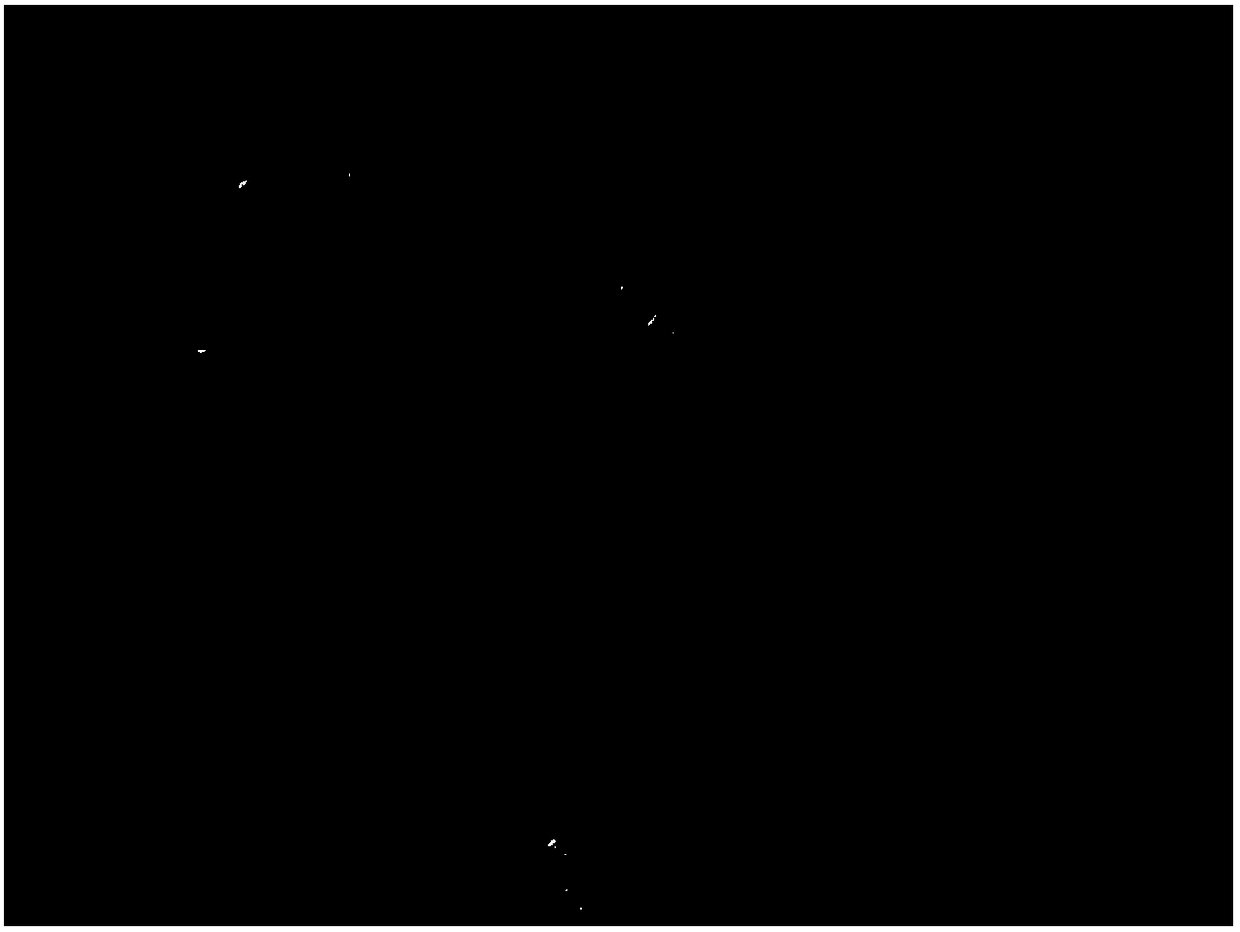Method for detecting microplastics in organism
A technology of microplastics and organisms, applied in the field of environmental pollutant detection, can solve the problems of marine plastic pollution, aggravate environmental pollution, and difficult to degrade, and achieve the effect of accurate qualitative and quantitative detection
- Summary
- Abstract
- Description
- Claims
- Application Information
AI Technical Summary
Problems solved by technology
Method used
Image
Examples
Embodiment 1
[0034] Example 1: Detection of microplastics in oysters
[0035] 1.1 Pretreatment of oysters
[0036] (1) A plurality of oysters caught in Zhanjiang waters were taken out from the refrigerator to thaw, the shells were removed, and washed with water.
[0037] (2) Weigh the cleaned oysters on an electronic balance, and record the weights respectively.
[0038] 1.2 Exploration of experimental conditions for digestion
[0039] The following methods are adopted for the digestion of oysters: enzymatic digestion, nitric acid and 30% hydrogen peroxide digestion, nitric acid digestion, saturated sodium chloride layering method and ethanol layering method.
[0040] 1.2.1 Enzymatic digestion method
[0041] (1) Take 5 oysters (114g) out of the refrigerator, and after pretreatment according to step 3.1, use a juice extractor (JYL-C52V multifunctional juice extractor, Joyoung Co., Ltd.; the same below) to crush them into pulp, add After 500 mL of water and 5 g of papain (papain, Guangz...
PUM
| Property | Measurement | Unit |
|---|---|---|
| Density | aaaaa | aaaaa |
| Density | aaaaa | aaaaa |
| Density | aaaaa | aaaaa |
Abstract
Description
Claims
Application Information
 Login to View More
Login to View More - R&D
- Intellectual Property
- Life Sciences
- Materials
- Tech Scout
- Unparalleled Data Quality
- Higher Quality Content
- 60% Fewer Hallucinations
Browse by: Latest US Patents, China's latest patents, Technical Efficacy Thesaurus, Application Domain, Technology Topic, Popular Technical Reports.
© 2025 PatSnap. All rights reserved.Legal|Privacy policy|Modern Slavery Act Transparency Statement|Sitemap|About US| Contact US: help@patsnap.com



